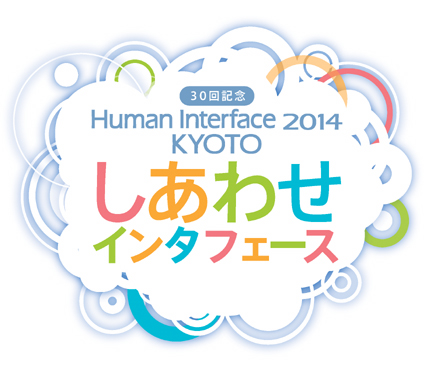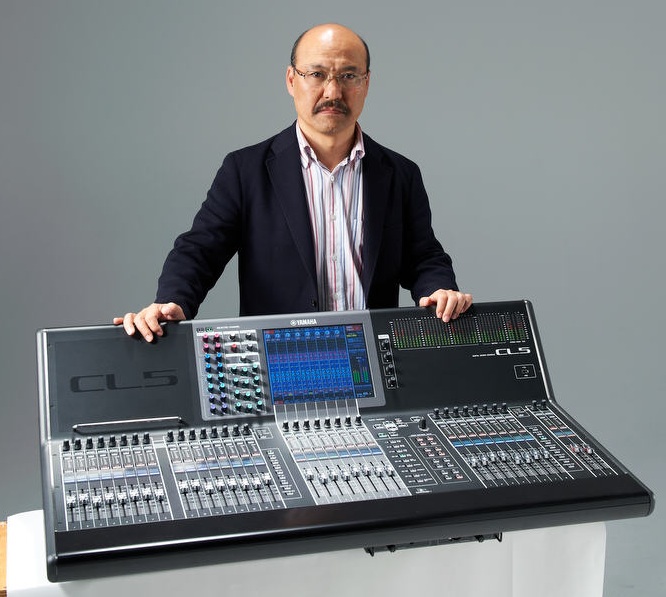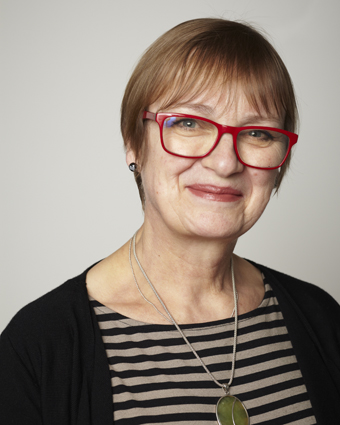特定非営利活動法人 ヒューマンインタフェース学会

ヒューマンインタフェース2014
招待講演
2014年9月10日(水)
招待講演1:ヤマハのミュージックシンセシスの歴史~エレクトーンから初音ミクまで~
2014年9月11日(木)
招待講演2:Designing with People? participatory methodologies as a spur to inclusion and innovation
招待講演3:Technology and happiness
2014年9月10日(水)
16:25-17:25
招待講演1
「ヤマハのミュージックシンセシスの歴史
〜エレクトーンからVOCALOIDまで〜」
講師:国本 利文(ヤマハ)
司会:才脇 直樹(甲南大学)
 |
ヤマハの電子楽器開発は、エレクトーンをはじめとする電子楽器や音楽教育の普及に重要な役割を果たしてきました。そこから育った音楽家たちの、現代の音楽シーンにおける活躍を思い出していただくと、ヤマハの電子楽器が単なる一企業の製品という枠組みを超えて、広く社会や文化の創造に役立っている事を容易にご想像いただけるものと思いますし、またそれ故に、製品を通じて社会にインパクトを与える充実感を味わうこともできます。 私は、このヤマハにおいて長く電子楽器の開発に従事してきました。特に、電子楽器がデジタル化の時代を迎えようとする頃に入社し、様々な新型音源の開発に携わって今日に至ります。今回は、こうした技術の基本とその発展史について、エレクトーンの歴史とシンセサイザーの歴史を絡める形でわかりやすく論を進め、最後に、最近話題の物理モデル・シンセサイザーとVOCALOIDのご紹介で締める予定です。 なお、伝統工芸資料館における特別展示に、私が手塩にかけた最新型デジタルピアノとシンセサイザーを出展しました。こちらで是非、私のこだわりをご堪能ください。 略歴:北海道大学工学院電気工学科修了。在学中に立東社の「だれにもわかるエフェクター自作&操作術」のライターとして業界デビュー。ヤマハ株式会社に入社し、電子楽器、音響機器、信号処理技術の開発・研究に従事。研究開発センター長を経て、現在、研究開発統括部戦略担当主席技師。最高級エレクトーンの音源LSIをはじめ、世界初の物理モデリングシンセサイザーVL1、販売終了後も国産機に珍しい音の太さに根強い支持があるアナログ・モデリング音源のAN1x、ヤマハの持つあらゆる音源技術が凝縮されたハイブリッド型のEX5、米国で圧倒的な支持を集めたピアノ型鍵盤を持つS80など、専門家やプロミュージシャンから高く評価される商品を次々と世に送り出したデジタル・シンセサイザーのカリスマ。最新作である電子ピアノCP1も、世界的に高い評価を受けている。また、最近では、完全ディスクリート回路によるプロ用オーディオ機材開発で著名なRupert Neve氏とのコラボレートで作ったVSTプラグイン・エフェクトが話題を呼んだ。 |
※招待講演1 & 特別展示のみ参加希望のかたはコチラをご覧下さい。
2014年9月11日(木)
15:10-16:10
招待講演2
「Designing with People? participatory methodologies as a spur to inclusion and innovation」
講師:Julia Cassim(Kyoto Institute of Technology)
司会:櫛 勝彦(京都工芸繊維大学)
 |
More than any other design discipline, interaction design has laid bare the scale and consequences of design exclusion in this new digital age. In the past, products were often separate and self-sufficient entities created for a specific and visible purpose that was achieved primarily through good physical design and engineering. Their usage depended upon a fixed, generally linear, set of operational logic following conventions, which did not change radically with each new product offer. |
2014年9月11日(木)
16:20-17:20
招待講演3
「Technology and happiness」
講師;Norman Alm(University of Dundee/CIRCA connect)
司会:桑原 教彰(京都工芸繊維大学)
 |
Over the years there has been an Increasing sophistication of how we make use of computers. At first we used computers to manipulating our environment, numbers and language. Among other applications we developed calculators, spreadsheets, and assistive technology for physical impairments. This last application included environmental control and communication systems. |
関連リンク
 HI2014
HI2014  学会ホーム
学会ホーム